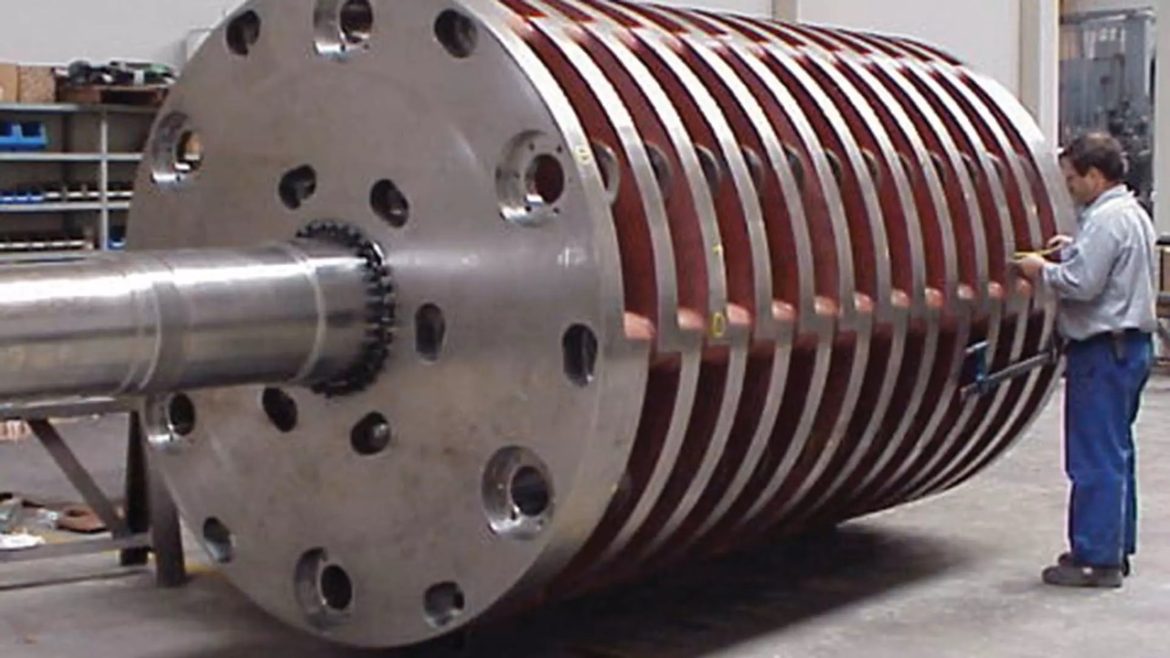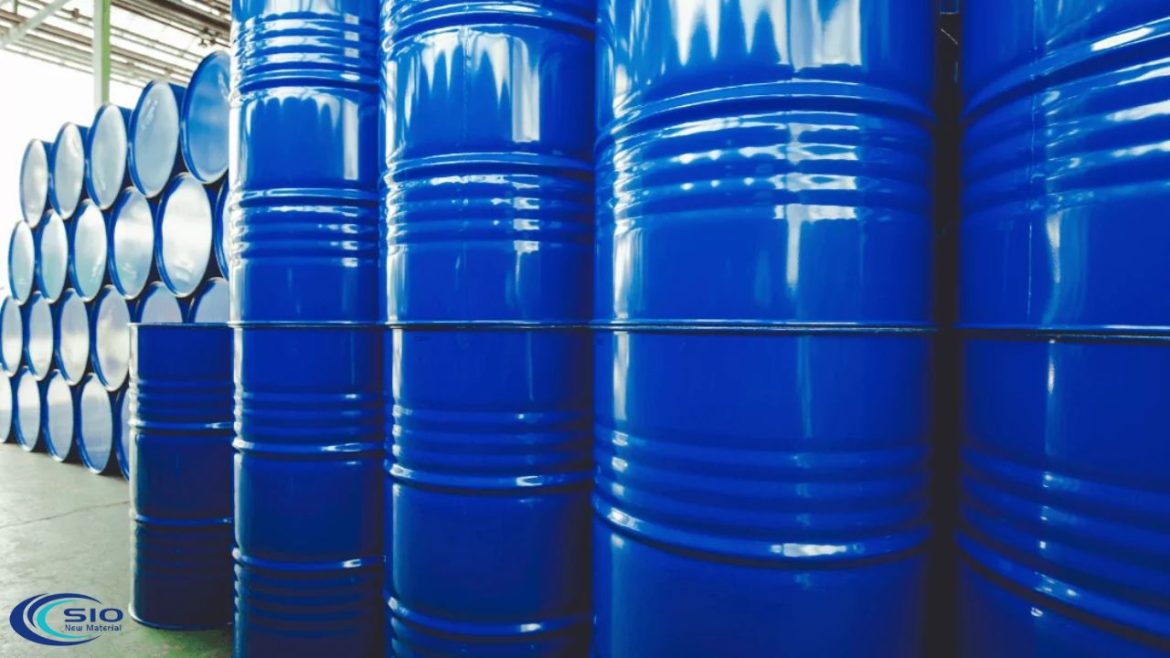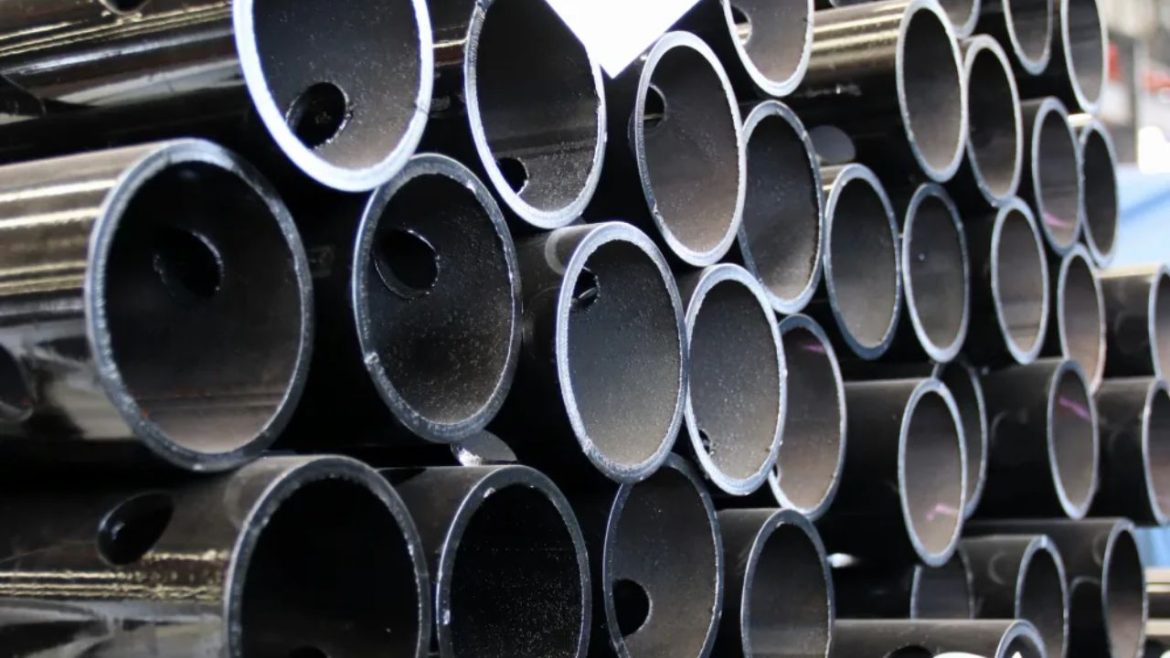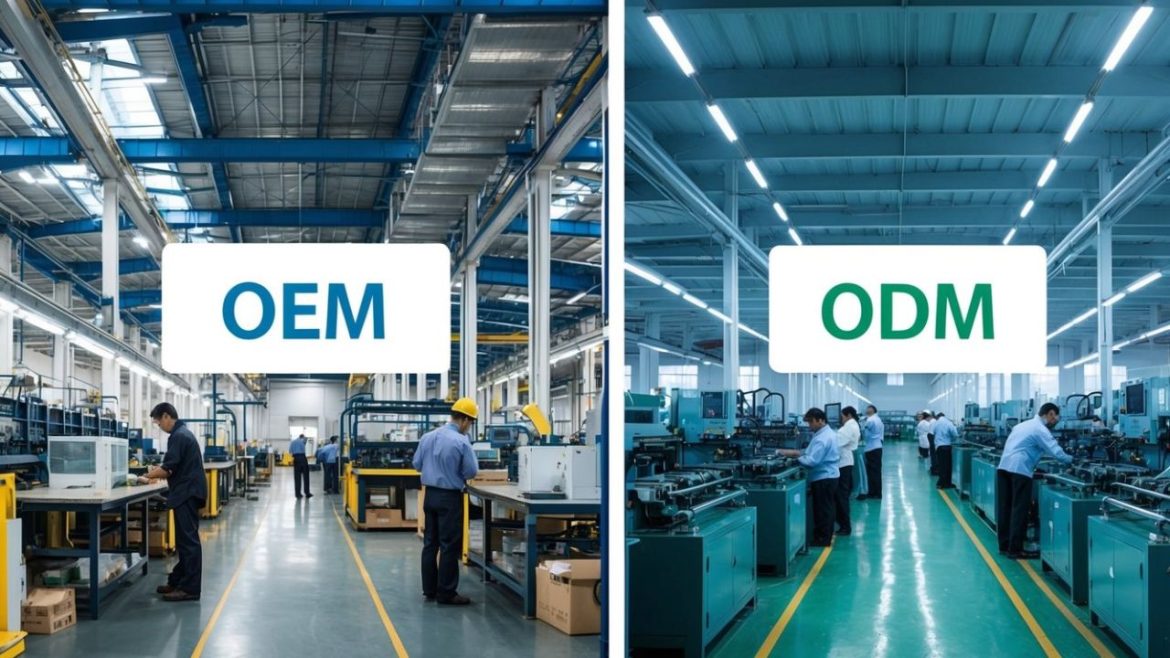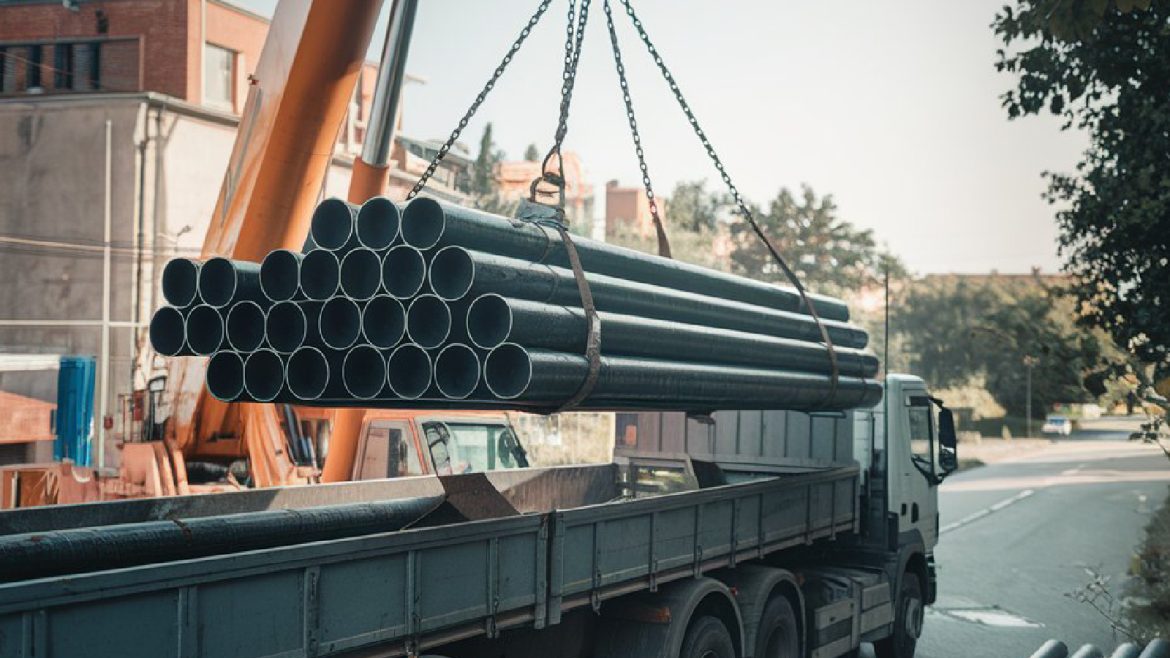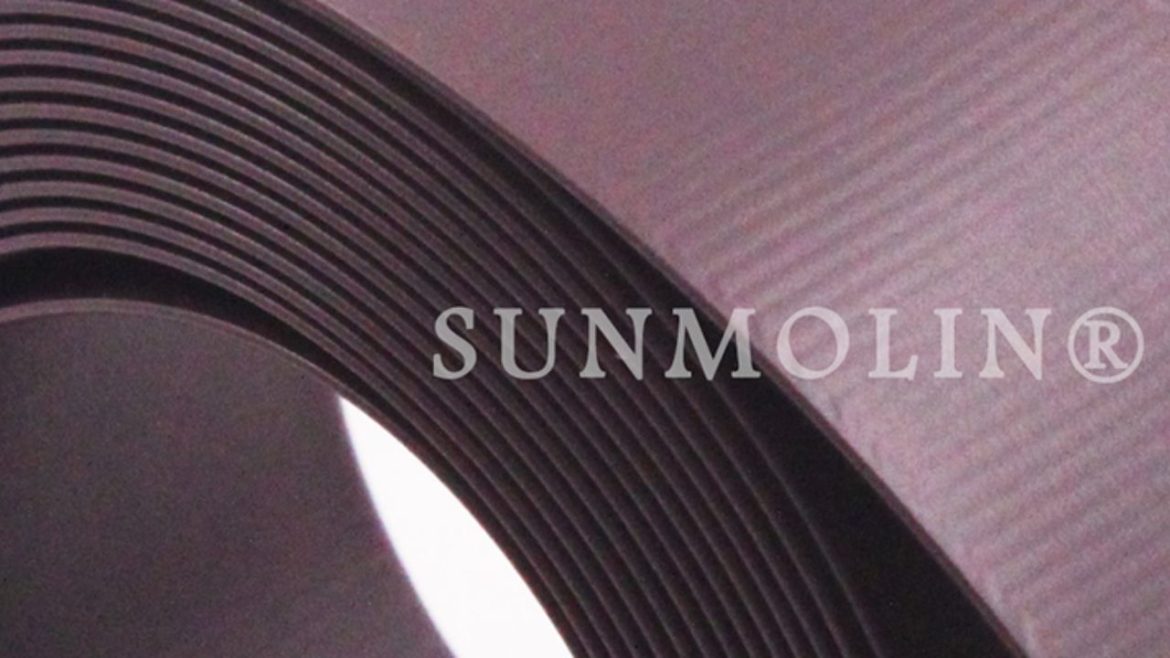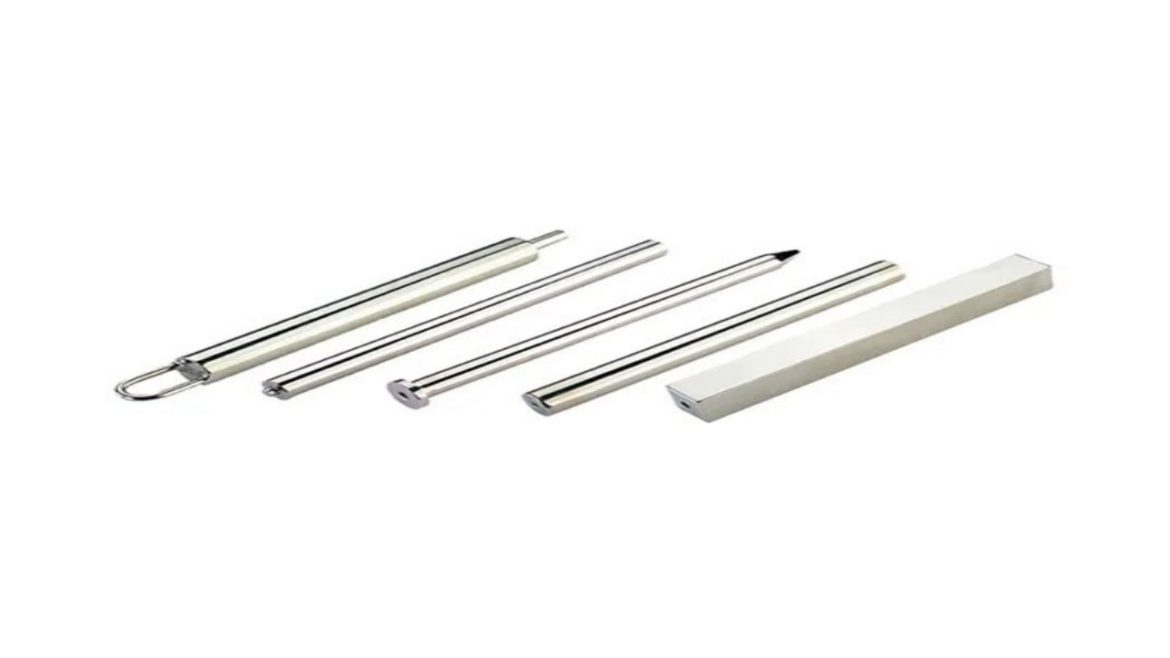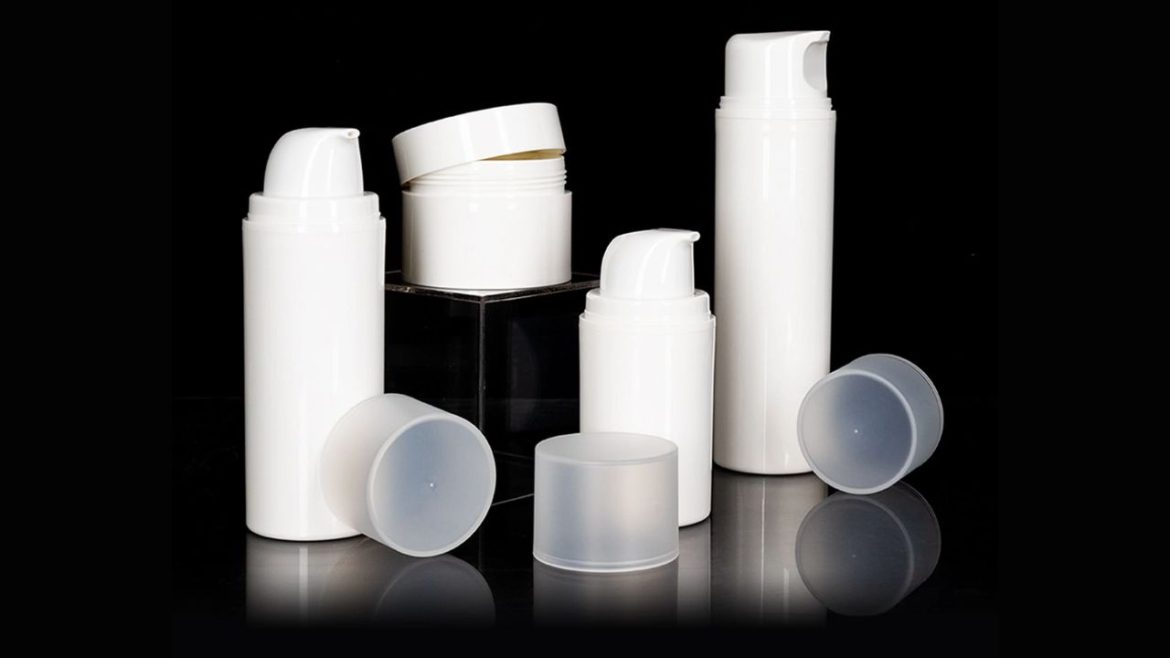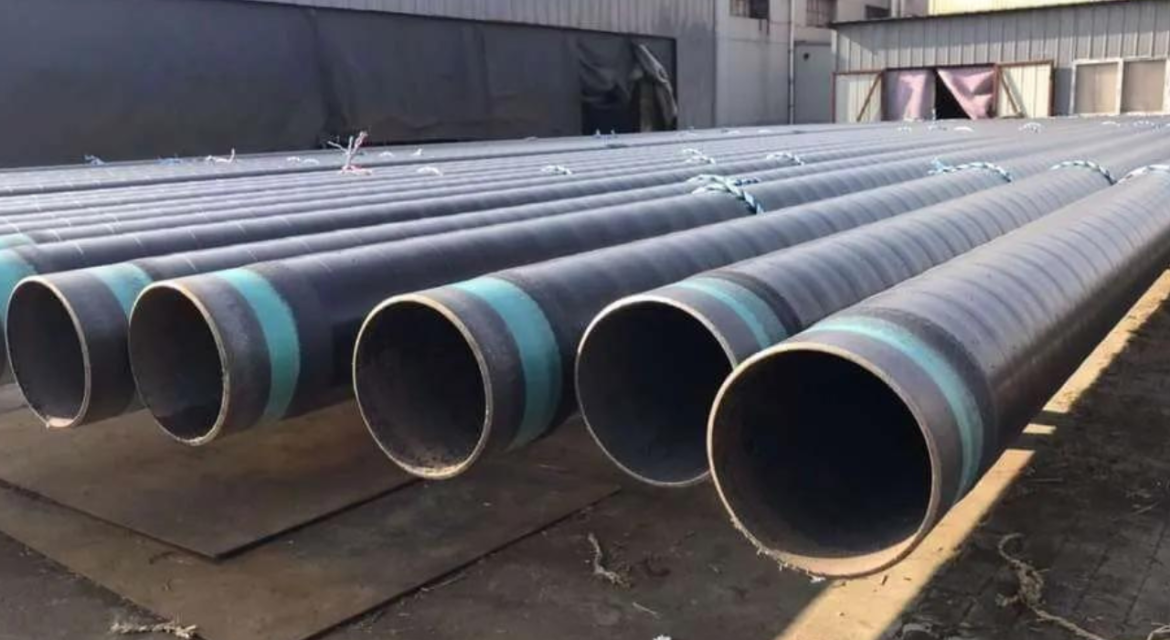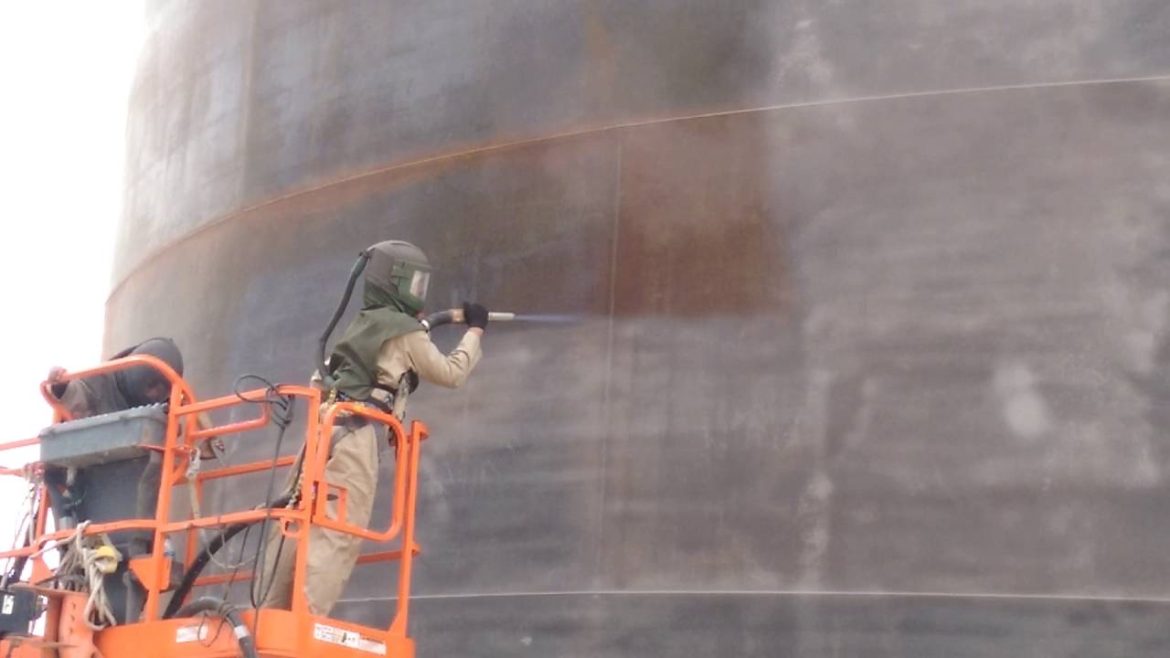Hammer crushers find application in various sectors such as mining industries, construction industries, and agriculture. They are supposed to break stones, rocks, and other hard substances into smaller parts. These machines depend on hammers that hit materials at high speed. These hammers reduce in volume as they are being struck and rubbed together. One of the most crucial processes in regard to the quality of the products is to find strong and reliable hammer parts for the hammer crusher producers. Most leading manufacturers of the hammer crusher choose carbide multipurpose teeth in manufacturing or in updating their systems. The strength offered by these teeth is long-term, the wear resistance is excellent, and the performance remained reliable. When manufacturers in the original equipment manufacturing (OEM) sector opt to use carbide mulcher teeth in making their parts, they are able to offer machines that are more durable and that work well in high-demand.
What Carbide Mulcher Teeth Are Made Of
The carbide mulcher is fabricated with two materials: a steel body and a carbide tip. The steel body supplies toughness and flexibility, and the cutting ability and hardness of the tooth are supplied by a carbide tip. One of the hardest materials that is used in production is tungsten carbide, which is the material that makes the tip. It is able to withstand high temperatures and pressure without being deformed. The making of the carbide tip is followed by attaching the tip to the steel body by a technique known as brazing. This technique builds a high level of bondage that fixes the tip if the crusher is exposed to high-impact forces. What happens is that it yields a component that is capable of withstanding harsh conditions in crushing processes with minimum wear and loss.
Why Hammer Crusher Producers Care About Reliability
The purpose of the hammer crusher manufacturers is to create machines that are durable, effective, and the ones that do not need frequent attention. This proves to be costly when a machine breaks down as a result of worn-out hammers. Slow projects, delayed delivery, and high cost of repair can be a result of downtime. This also influences the reputation of the producers, as the customers demand those machines that will be able to work with heavy-duty loads without breaking regularly. OEM reliability implies that each part of the machine should be of high quality. Consistency and predictability of machines imply that they operate smoothly, thus minimizing the chances of failure. This is why manufacturers seek reliable parts such as carbide mulcher teeth, which offer the strength and reliability that the parts are required to perform over a long period.
Benefits for Hammer Crusher Producers
There are multiple advantages of carbide mulcher tooth usage by producers. Their machines are more reliable and have fewer warranties. There are fewer unexpected breakdowns for the customers, and it enhances the brand image of the producer. The predictability of carbide tooth also facilitates the producers to convey the maintenance schedule to the clients. Moreover, a stable part with a long life should decrease the pressure on the supply chain. More time can be spent producing complete systems of crushers that can work longer instead of manufacturers replacing hammers on a regular basis. The general quality of the product line can be enhanced, and it provides the producers with an advantage in the competitive market.
A Smarter Choice for Long-Term Performance
Although carbide mulcher teeth can be expensive at first as compared to conventional steel components, their service life is quite long and soon covers the difference in cost. In the long run, they minimize the necessity of replacements, reduce maintenance expenses, and assist in sustaining the performance of crushers. In the case of hammer crusher manufacturers, this makes them a clever long-range decision. The machines constructed using carbide mulcher teeth are reliable, and they enable the producers to retain their customers and minimize service calls. Reliability is one of the determinants of success in an industry where machine uptime is considered an important factor.
Conclusion
The main reason why the best maker of hammer crushers opts to use carbide mulcher teeth is that they are reliable. These teeth are a combination of hard tungsten carbide and wear-resistant steel and result in wear-resistant parts, retain a longer cutting edge, and provide reliable crushing action. They assist manufacturers in producing machines that are more durable and in need of minimal maintenance by meeting the OEM standards. Carbide mulcher teeth enable the producers of the hammer crushers to produce products that will be reliable to the customers through increased strength, stable production, and reduced downtime. In all respects, they are the sort of dependability one would expect with good industrial machinery.
